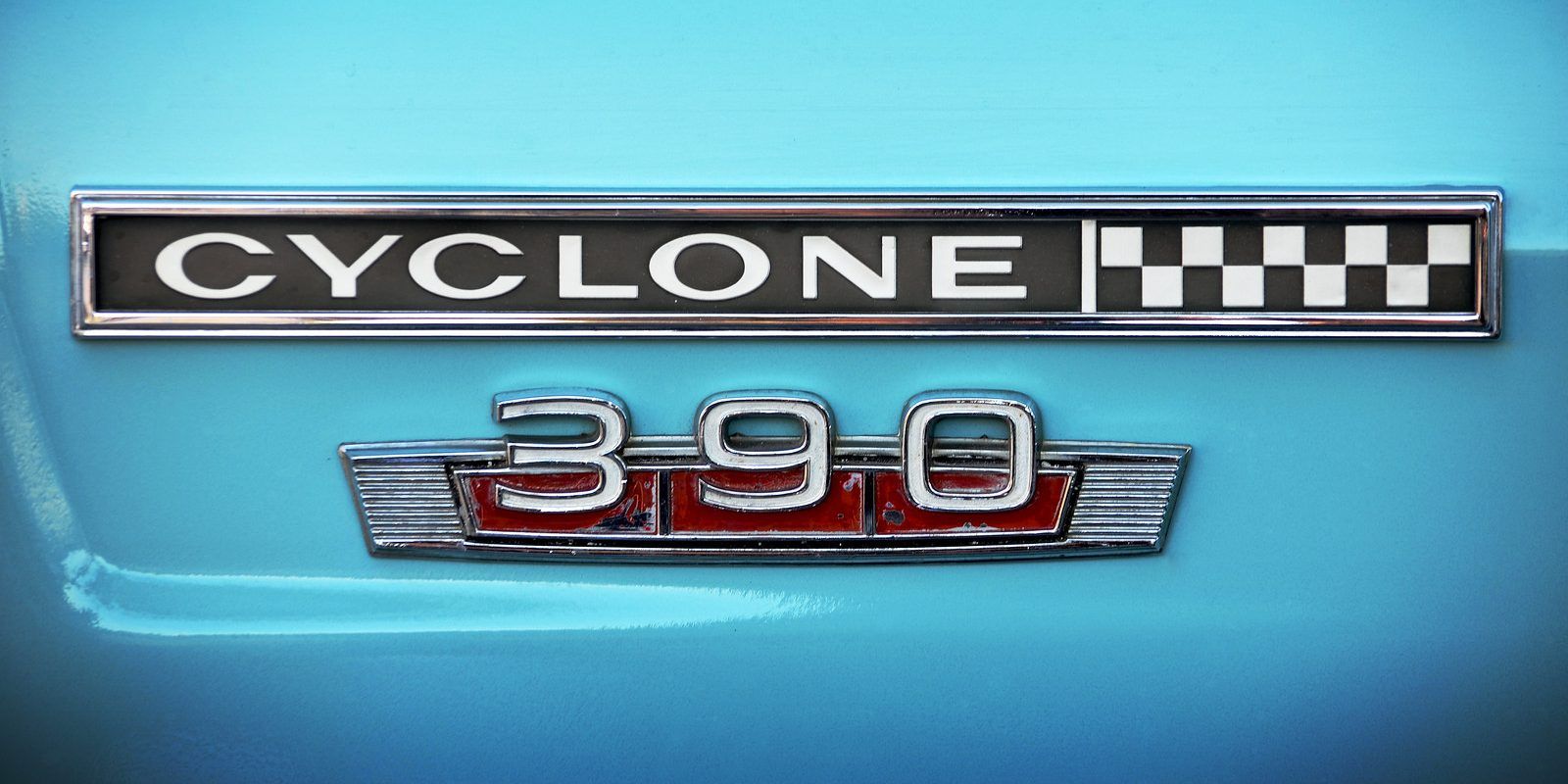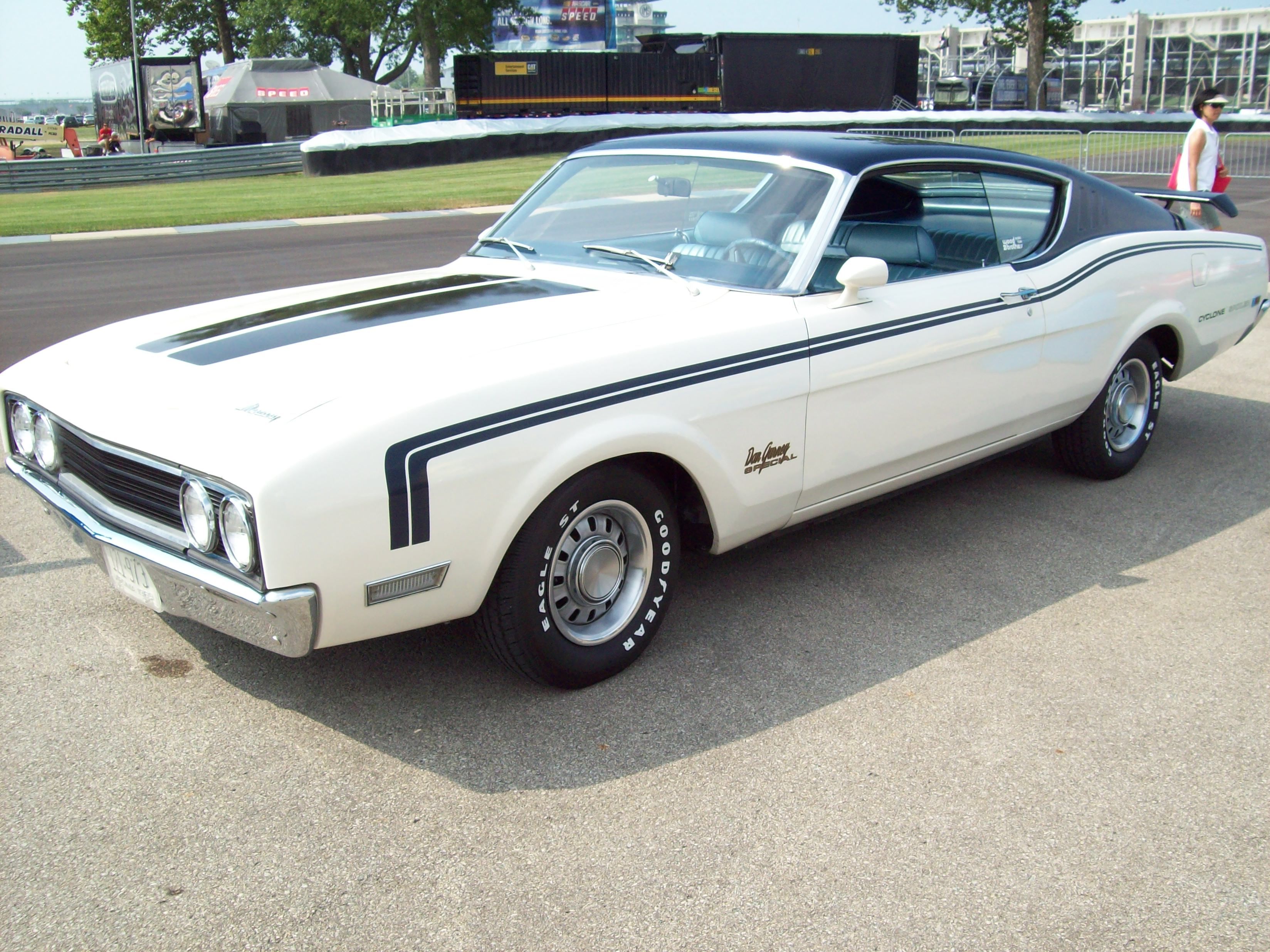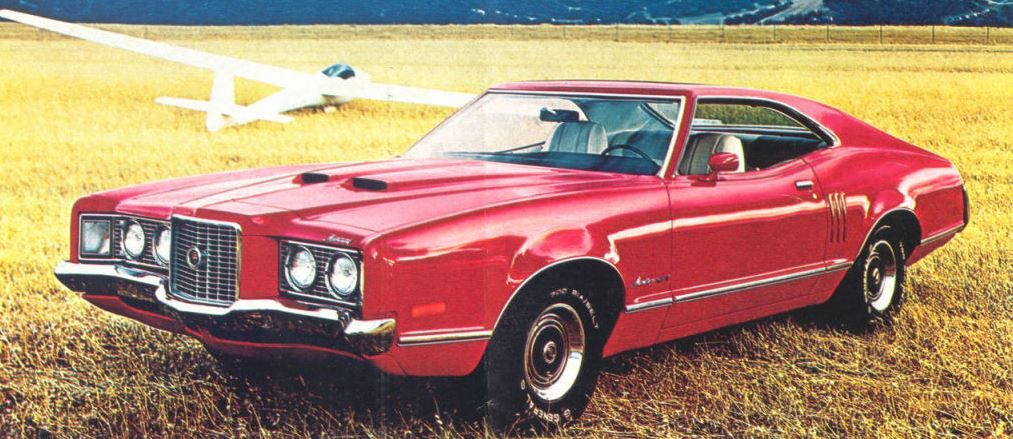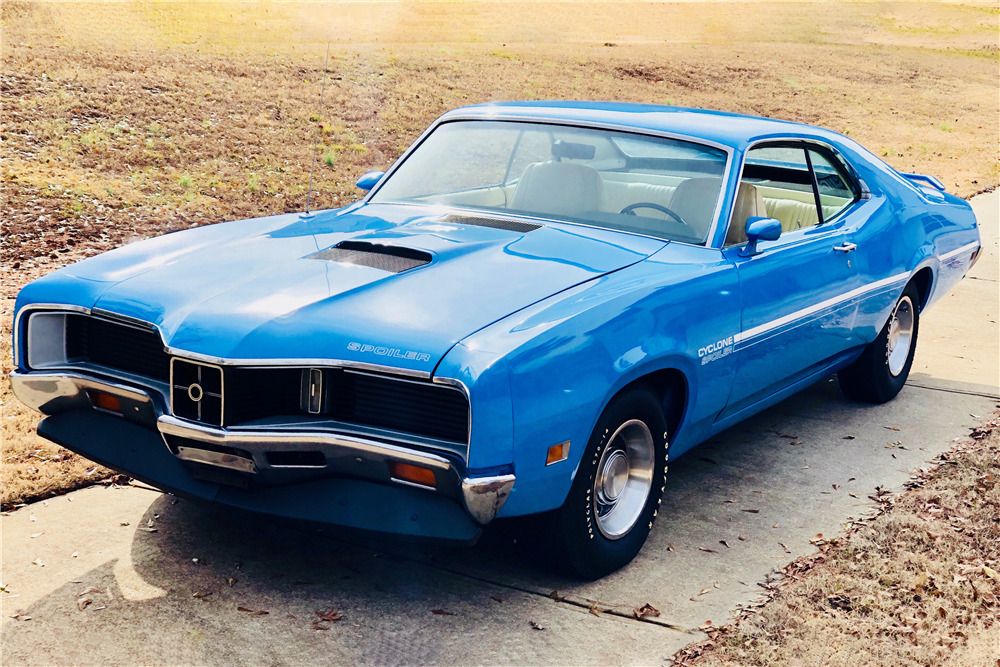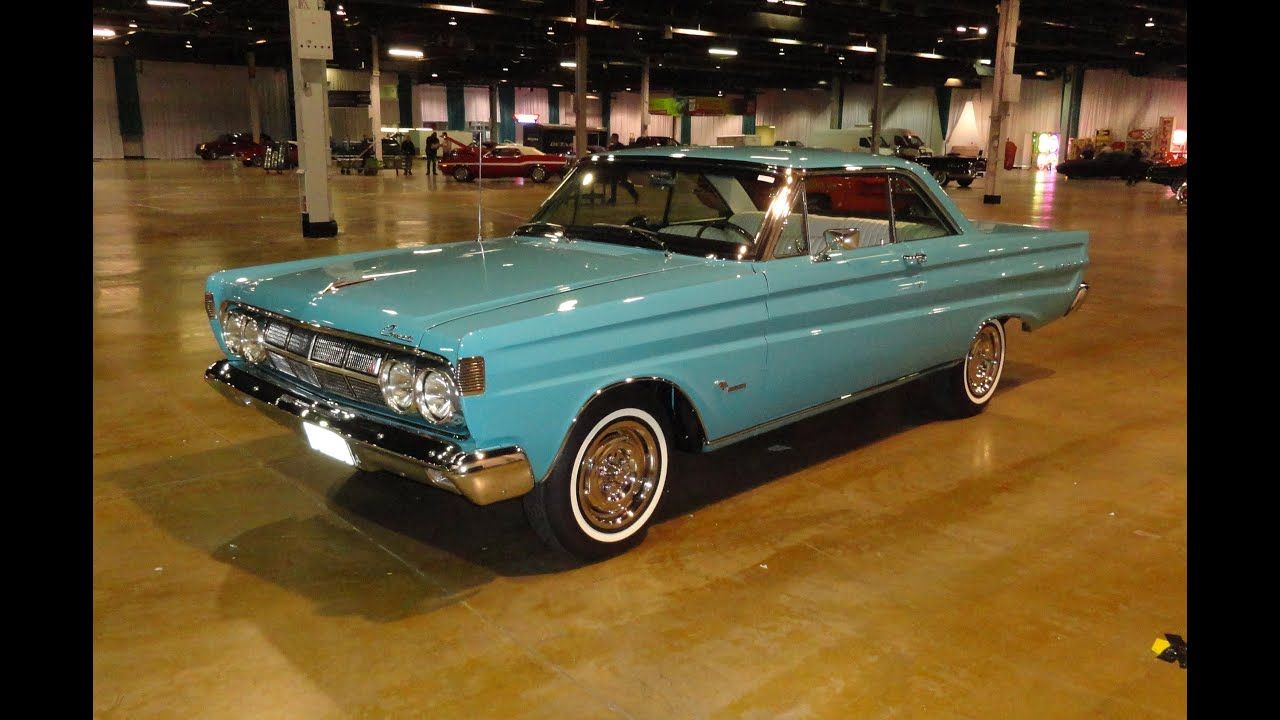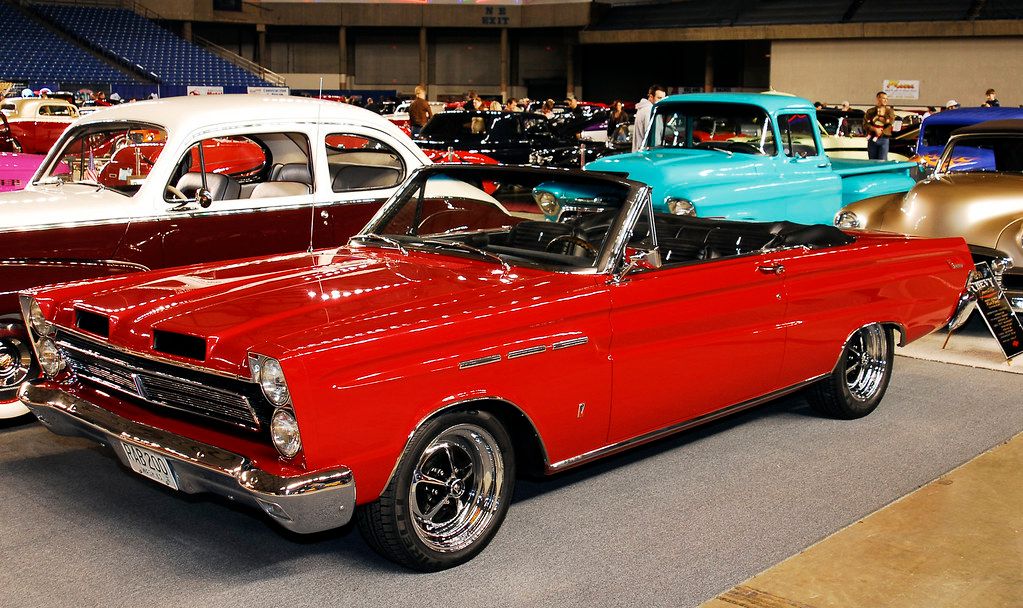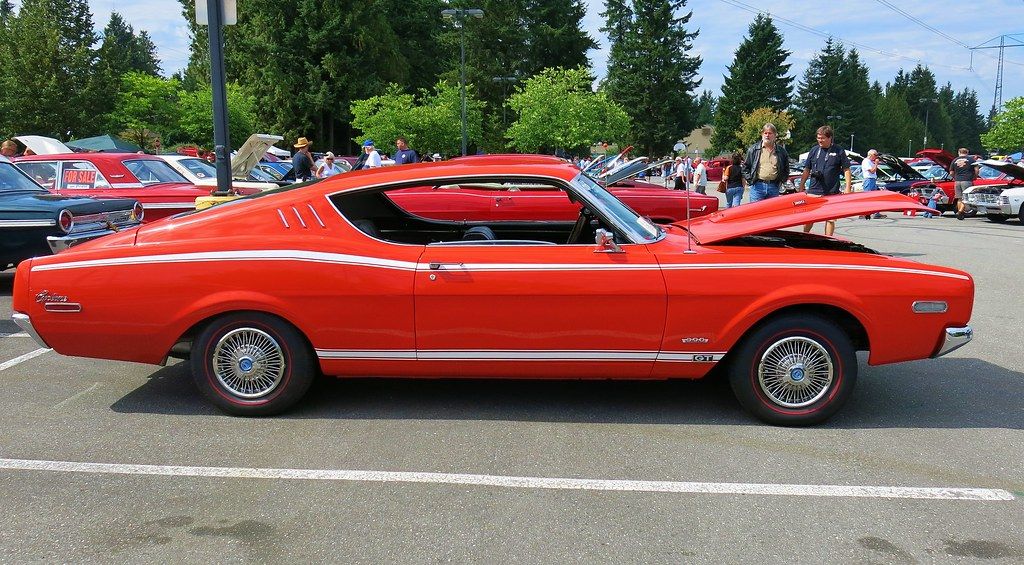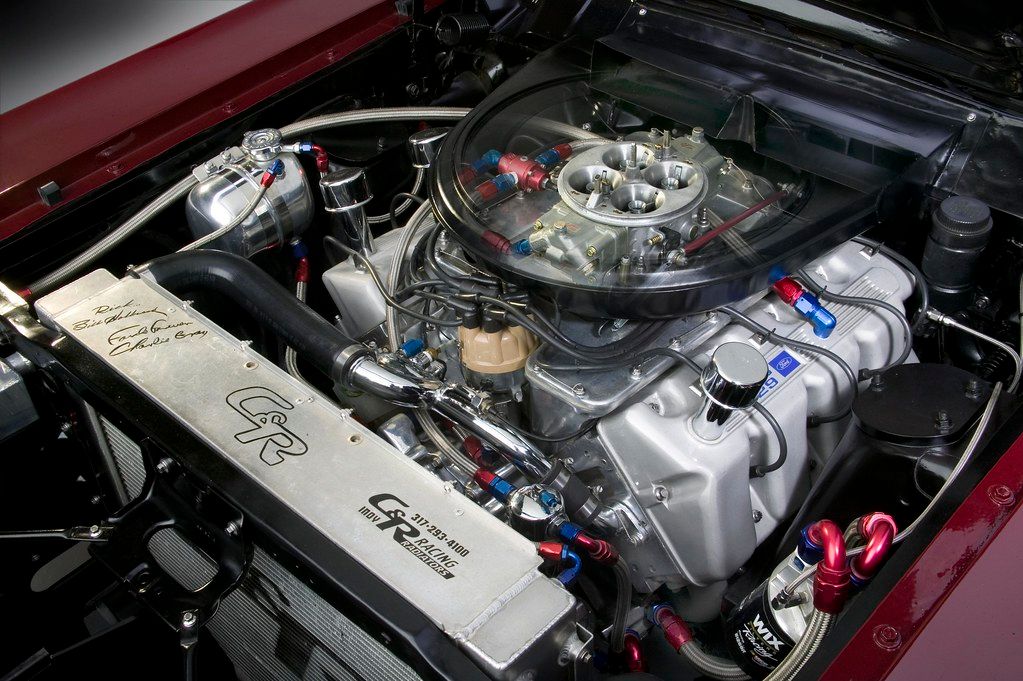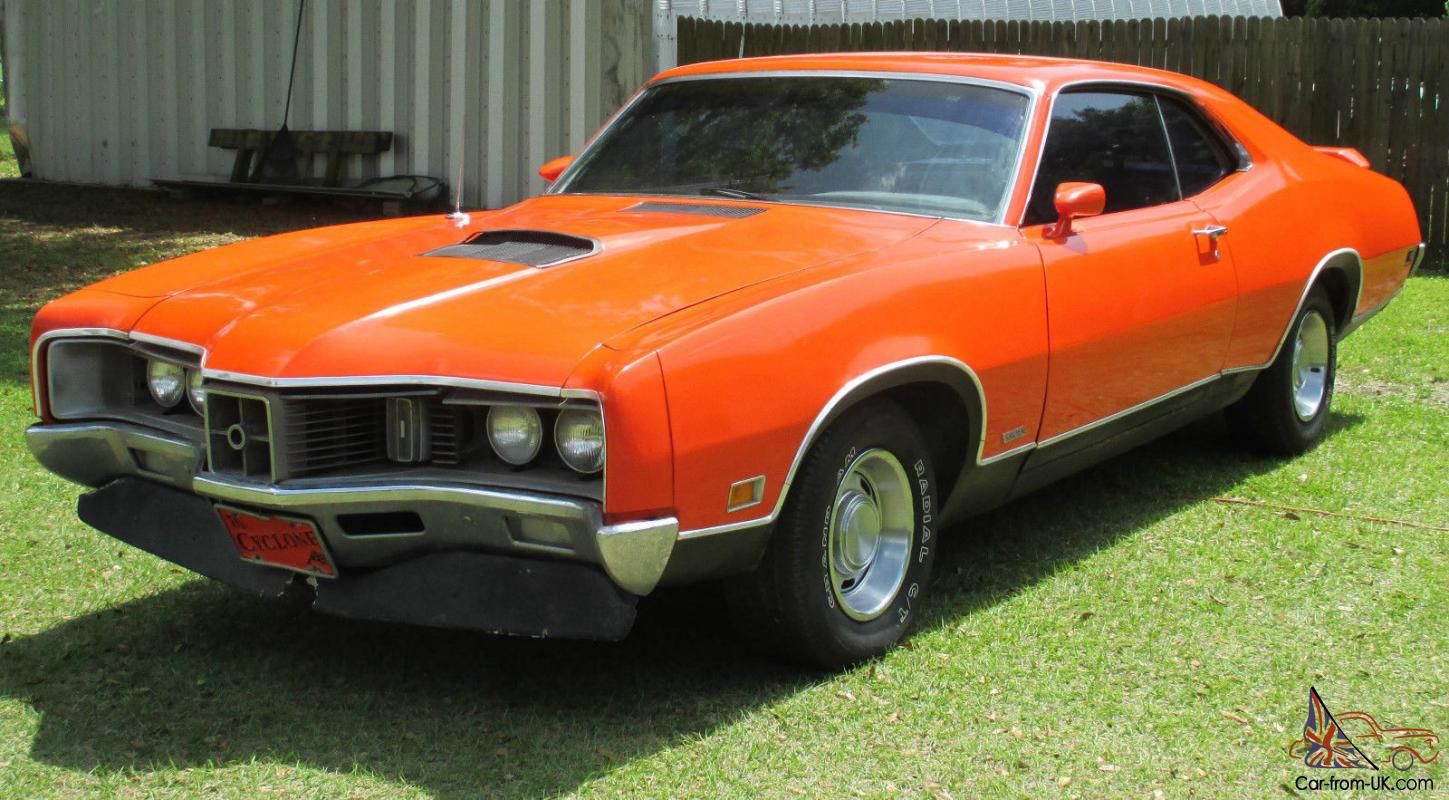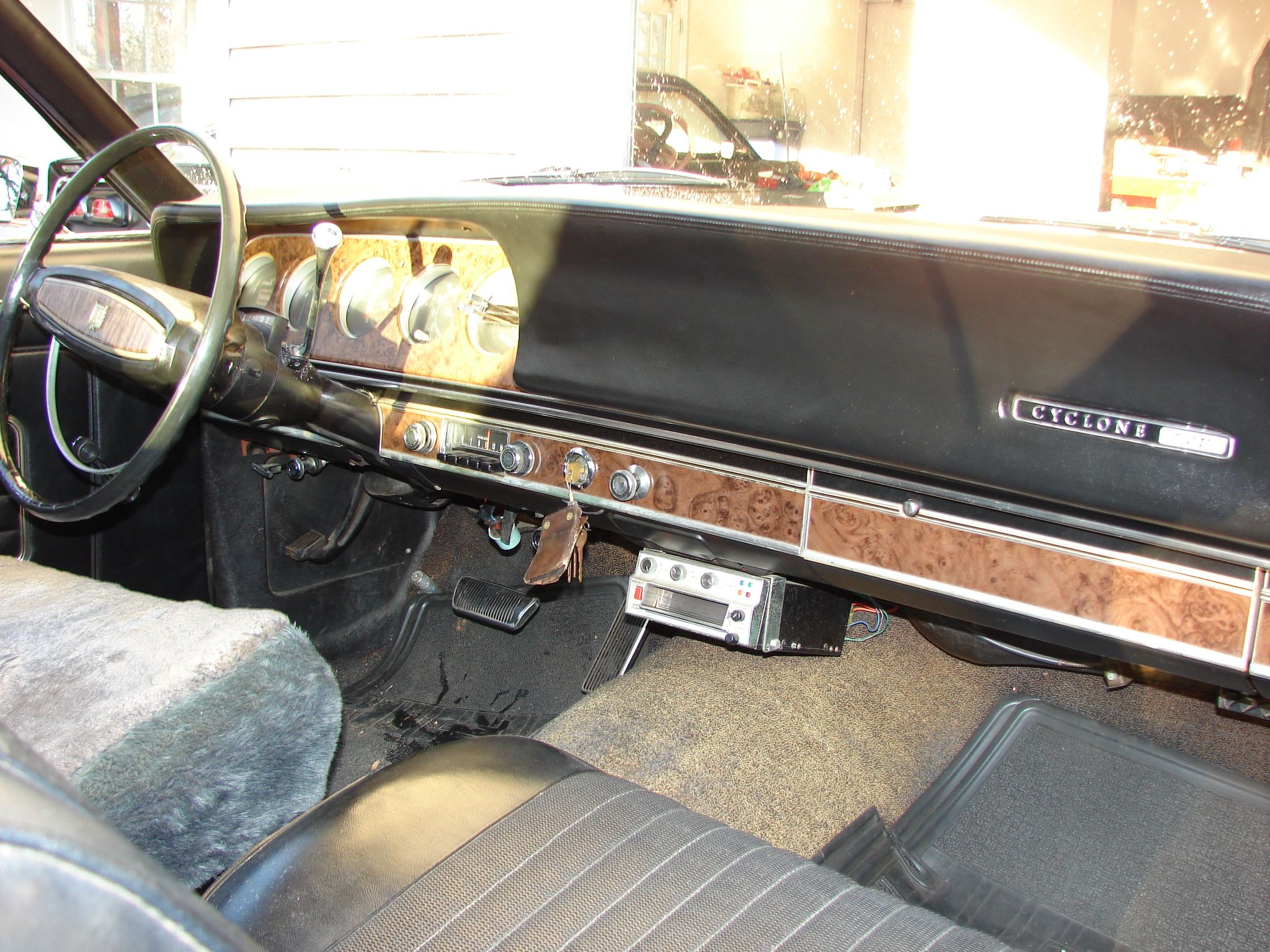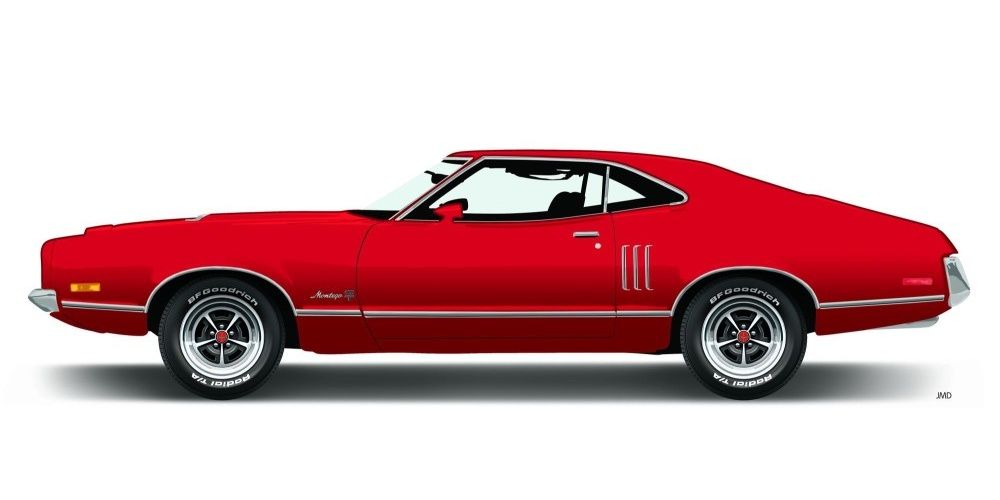Being pretty much a sales failure as the model lacked continuity and was mostly a premium package for other models. The Mercury Cyclone did manage to make some notable history in the years it was produced. It was used as a test-bed for multiple Big-Block Engine Platforms that were considered exotic and extreme at the time for both drag-racing and stock car racing. The main reason it didn't sell particularly well was that as a Mercury model which floated to and from several different platforms from year to year, it had no particular niche'.
Ford was giddy with the hit it had from pony-car sales, but it didn't want to give up its stake in small and intermediate cars solely for Mustang sales. Had the Mercury Division been allowed to really develop this car, it may have sold more numbers. However, Mercury had its own pony-car, the Cougar which did have a specific niche' in which to concentrate on so the Comet-Cyclone-Montego was an amalgam of different species and sold poorly.
10 Fame
Mostly famous as part of Ford’s Aero Cars Campaign in stock car racing in the 1968 and 1969 model years, the Boss 429 Powered Stock Cars did manage to break speed records above 150 miles per hour in the straight ways.
The Ford Copy of The Cyclone Spoiler II was actually even called The Ford Torino Talladega, which is named after the famous track in Alabama. Driven by Cale Yarborough, Dan Gurney and a few other racers the competition car did very well until the rules changes eliminated the 7-liter aero-modified class in 1970. Ford/Mercury quit Nascar after that.
9 Poor Planning
Doomed from the start, as the marque was never really a model, and strictly a marketing scheme to be a second premium model above the level of a “GT” on half a dozen different cars from 1964 until 1972, the Cyclone did sell enough be built with 3 different roof styles, and included several engine packages and even had the previously mentioned modified stock car homologation version with a cleaner front end for two years.
Honestly, the car did not look very different from the baseline cars it was made from. Park a Comet GT next to a Cyclone of the same year, and you’ll have to take a good look to spot the differences. Ford also did some strange things with making entirely different engine blocks of the same displacement. It’s doubtful the average buyer would have understood or cared about the difference between a 385 series 429 Cobra-jet, vs. an FE-Series 428 Cobra-Jet vs an FE series 427 Medium Riser, and Ford spent an awful lot of time and money moving these engines around instead of building a great seller.
8 Backward Engineering
Always a uni-body until the final version (1972) when Ford actually went backward and made it a heavy body-on-frame car for the very last year it was sold. What started as a decent styling concept with some high-performance options on a small, light GT style car ended-up an obese full-sized body on frame car that still did not have all that much useable interior room and was just plain ugly.
The engines had to get bigger and more powerful to keep up with the weight increases, but except for the jump between 1st and 2nd generation models, and the competition versions, there was no real increase in performance in the following years.
7 History
The car started as an upscale package of the compact Comet GT in 1964 and continued with slight changes until 1966 when the car grew in size to a mid-sized Fairlane platform. During the resizing of the car, the engine options were increased from the previous 289 to include the FE 390 engine.
The 427 s.o.h.c. engine was used in a small number of drag-race only versions in 1965, but those were put together strictly for racing and had to be installed after shipping and the cars were highly modified.
6 Big Block and Convertible
The 1967 model continued the same basic look as the mid-sized 1966 and also was available as a convertible, as was the 1966.
It would also appear that the famous 427 medium-riser FE engine was available for the 1966-67 model years, but the information on how many actually came that way is sketchy at best.
5 Fastback
From 1968 onward the Cyclone was based on another morphodite, the Montego platform, which itself was just a rebadged version of 3 different models from Ford. Both the Cyclone and the Montego included the trademark curved grill which was a Mercury styling cue that was through all the Mercury line from 1968-72.
To be honest, it was ugly, and the limited edition Spoiler II variant with it’s cleaner front end should have been the standard model, it would have sold much better as it was much more attractive.
4 Stock Car Winner
The “Spoiler II” was the Nascar Homologation Version of the Cyclone Spoiler production car. The term “Spoiler” itself, was just a fancy name for a fastback model, as there was a coupe’ also available. There were no convertibles available after 1967. The 428 FE (called Cobra-Jet) was the top production engine for this model.
The 302 replaced the 289 and the 351 Windsor Engine was also available. The Boss 429 Hemi was available as an approved race car only for this model between 1968-69 and had to be custom-fitted to the chassis as it did not fit between the shock towers without modification.
3 Largess
1970 was the beginning of the end of this model. The car offered two engines the 351 Clevland and the 385series 429 (also called Cobra-Jet). The new 385series 429 engine replaced that the previous 428FE but was 200 lbs heavier and yet was still slower in the same car despite being rated as having 40 more horsepower.
The body also got longer and heavier and the performance suffered greatly. The car had actually become what most would consider being a full-sized car but was considered a mid-sized car. The styling got even tackier than the previous year.
2 Decline
The car was mostly available as a coupe’ that year as the Spoiler was no longer a fastback. More “cheesy” badge engineering when Ford came up with the so-called Drag Racing Package, basically using the same 429 engine with lower ratio rear axle for increased acceleration than the standard Cobra-Jet, yet neither could run with the 2 previous body styles and their 428 and 427 engines.
The so-called Super-Cobra-Jet simply wasn't super at anything. As a result, sales started to ebb.
1 End of The Line
1972 introduced the heavier body-on-frame version that was based on the Grand Torino platform but called a Montego. At least it could be had once again as a fastback as well as a coupe’. By 1972 nobody got the joke anymore, and only 30 were produced, only now the car was even heavier/slower.
Supposedly 20 of the 30 that were built did come with the 429 engine and not the standard 351 Cleveland engine, but both were basically slugs when compared to any of the pre-1970 models. They even downgraded the name as the Cyclone was no longer referred to as a model, but an option package known as Montego-Cyclone.

